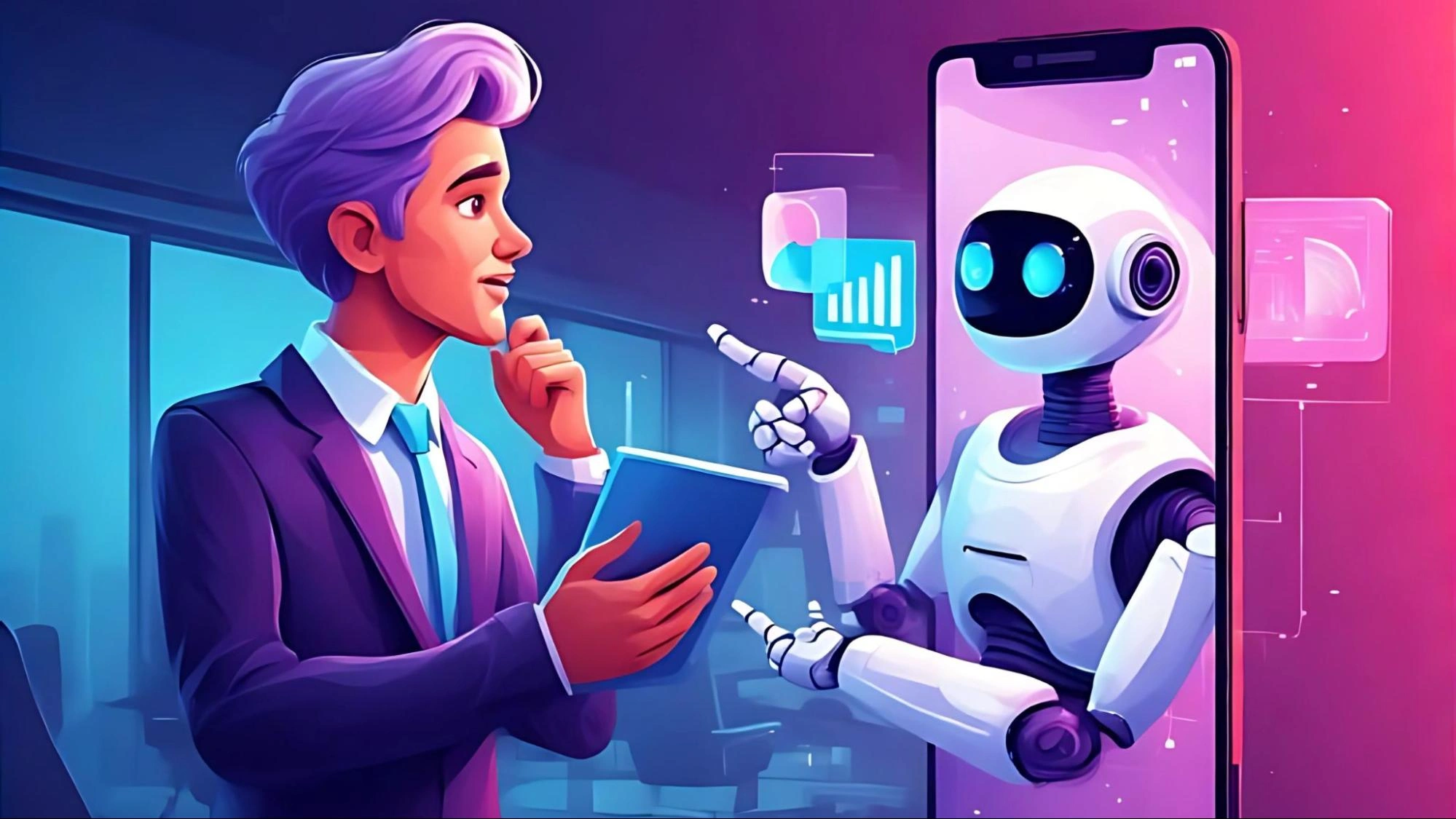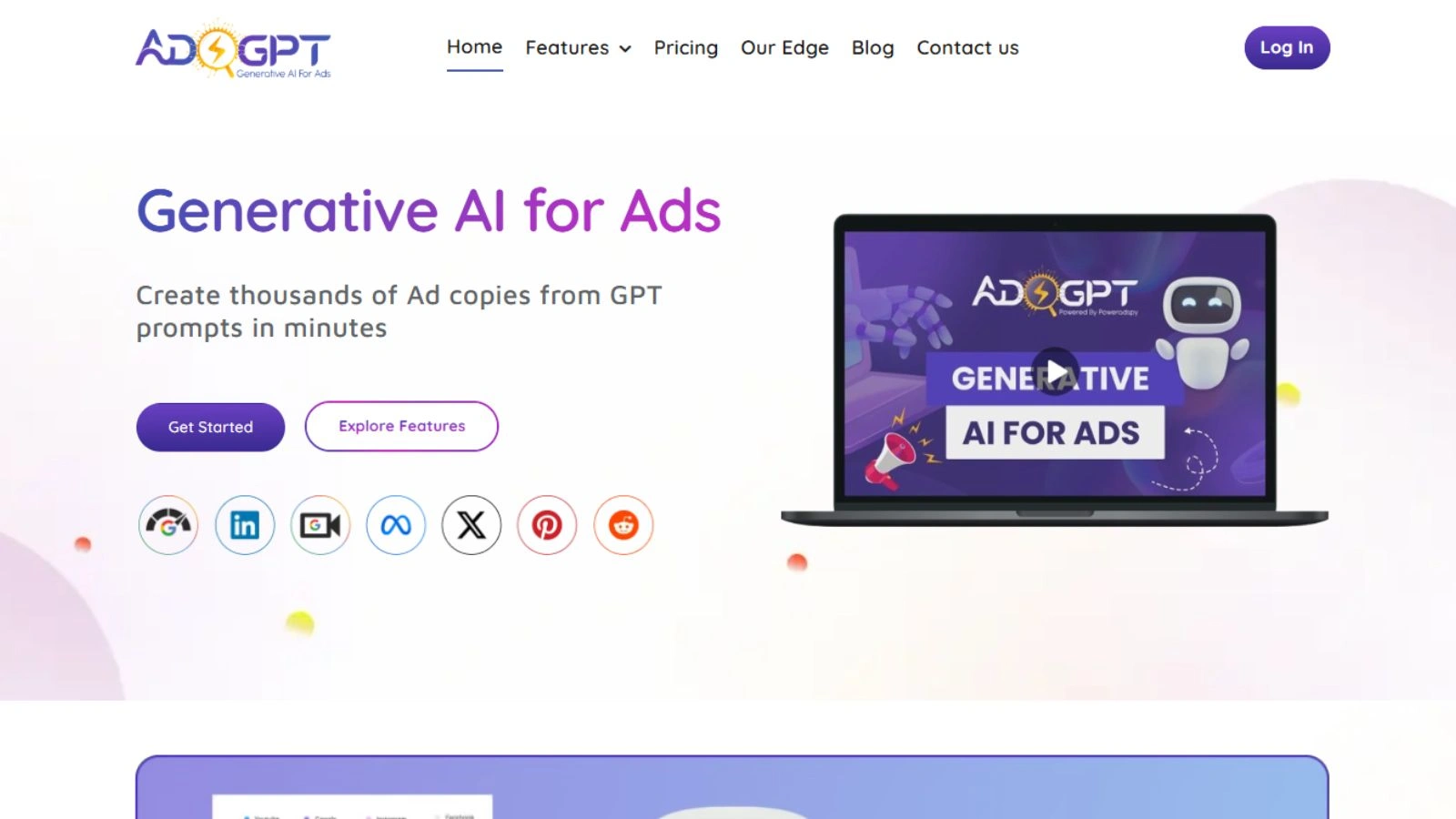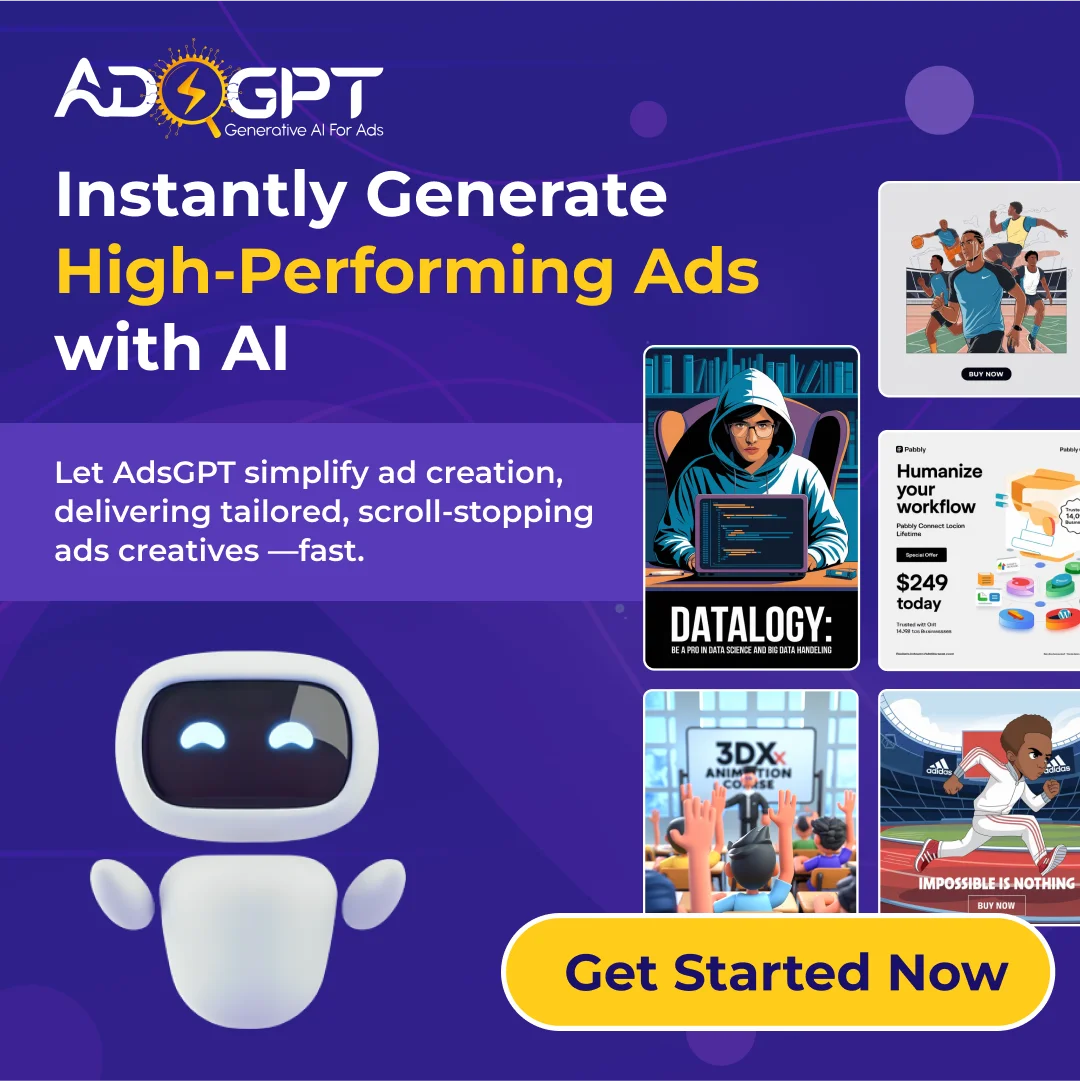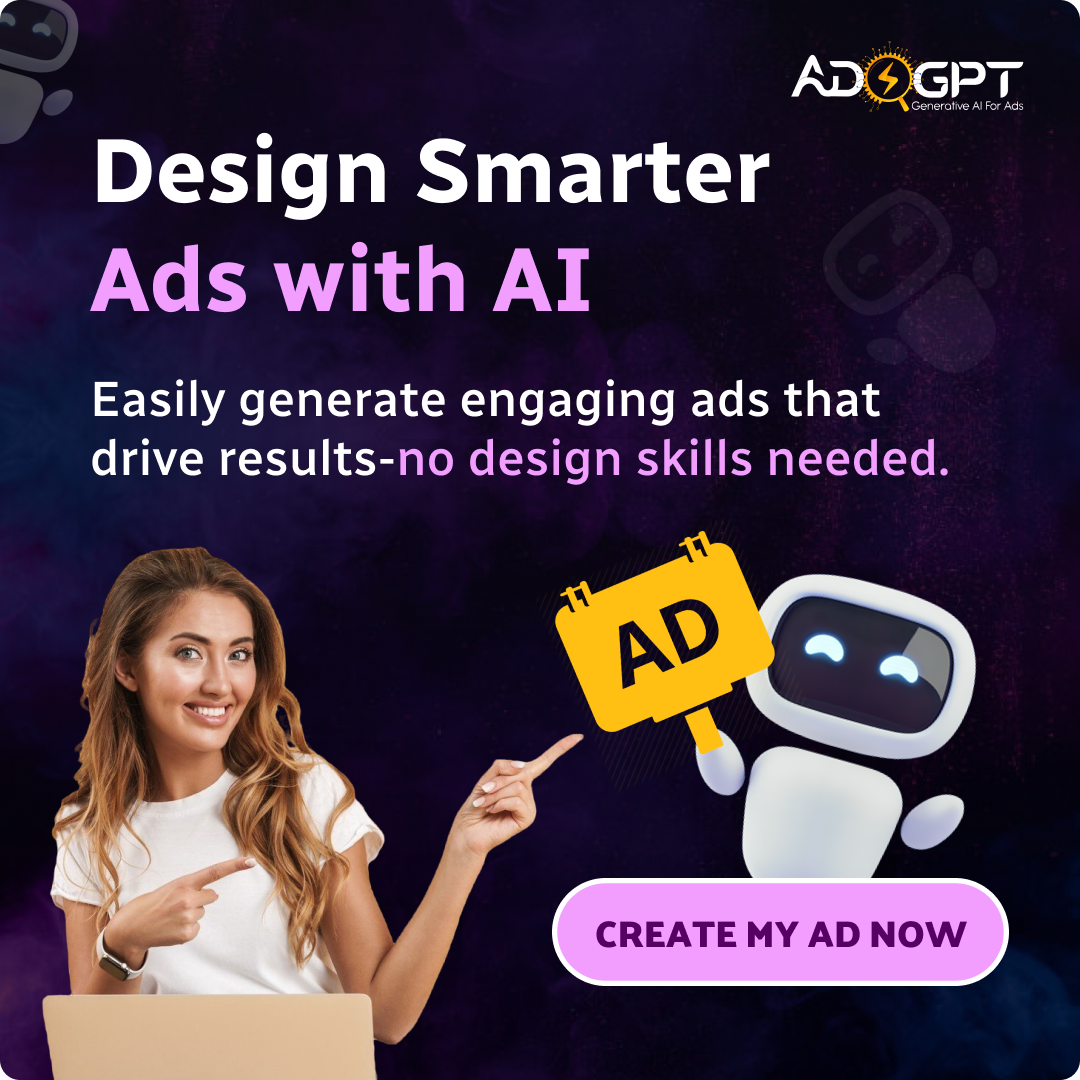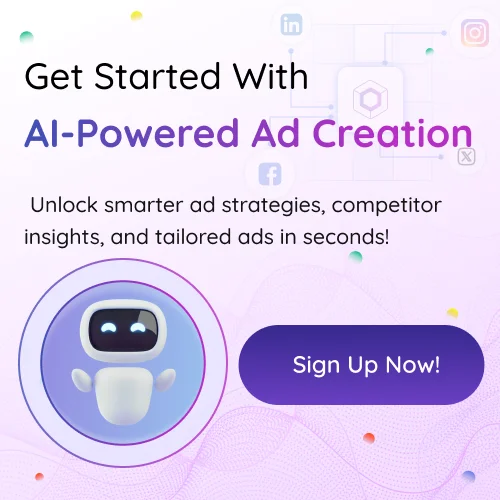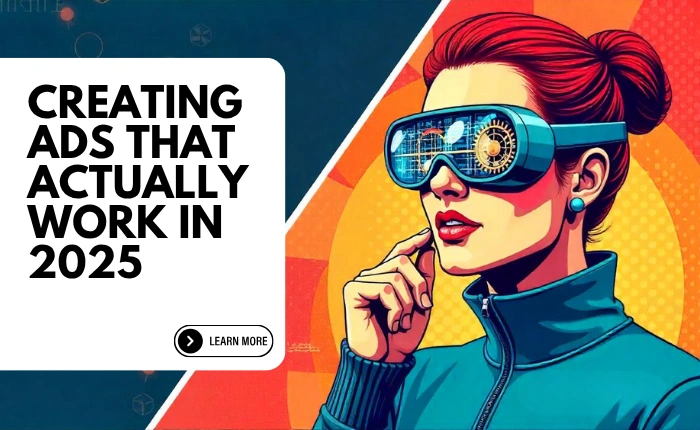
You have seen ads everywhere, right? On your phone, the moment you wake up, in the middle of YouTube videos, or while scrolling through Instagram. Brands create ads nonstop, and they are impossible to avoid.
But honestly? Most of them just don’t work. They either try too hard, come off as annoying, or just don’t connect at all. And now in 2025, when people scroll faster than ever and new tech is popping up every day, it’s even harder to create ads that get someone’s attention.
If you have been spending money to create ads but not getting much in return, no clicks, no sales, and no real interest, this is for you.
In this post, we will break down what works when it comes to creating ads. Also, We will talk about the real stuff: current trends, simple facts, and tips that brands are using to stand out.
Whether you are just getting started or you have been running ads for a while and want better results, this guide will walk you through how to make ads that feel real, get people to take action, and remember your brand.
Why Making Ads Now Is Harder?
Creating ads with AI is not as simple as it used to be.
You could post a nice-looking image with a “Buy Now” button, and it would do okay. But now? People are smarter. They know when they are being sold, and most of the time, they just scroll past without even thinking twice.
On top of that, rules around privacy have changed. Big companies like Apple have made it harder to track people online, and stuff like cookies (those little data trackers) are being phased out. So it’s harder for brands to know exactly who’s seeing their ads and what’s working.
And here’s the thing: people are getting tired of seeing the same old ads again and again. It’s called ad fatigue. If your ad creatives look like all the others, most people won’t even notice them.
So yeah, making good ads now is harder, but it’s also smarter. Because when you do get it right, you are not just running ads, you are connecting with people. And that’s what makes all the difference.
Read More
5 Best AI-Generated Ads Examples You Need To See
Everything You Need To Know About Google Ads Ad Copy Generator
Start With Research
Create ads is the fun part. Most people jump directly into Canva or Photoshop and start playing around with colors, text, and images.
But here’s the thing: if you don’t know who you are talking to, even the best-looking ad won’t work.
Before you touch any design tool, you need to do some digging. Find out who your audience is, what they care about, what problems they are facing, and what kind of language they use. That’s what makes an ad feel personal and real, not just pretty.
So, where do you start?
Read what people are saying online. Check Amazon reviews, Reddit threads, Facebook comments, and anywhere your target audience is. Look at what they complain about or get excited over.
Build a basic profile.
Who are they?
What do they do for a living?
What’s stressing them out?
What would make their life easier?
Look at your competitors. Go to Meta Ads Library or Google’s Ad Transparency tools and see what other brands in your area are doing. What types of ads are they running? What kind of headlines do they use? What gets the most likes or comments?
This is the kind of research that helps you create ads that actually hit the audience. And when you understand your audience, everything else becomes easier.
Talk To People, Not At Them
Once you know who you are talking to, the next step is simple: say the right thing in the right way.
Most ads mess this up. They jump straight into shouting offers like “50% OFF!” or “LIMITED TIME DEAL!”—and forget that people don’t care about your sale if they don’t even know why it matters to them.
Here’s the truth: people respond to emotion first, not logic. If your ad makes someone feel something, curious, excited, and understood, they are more likely to pay attention. That’s why using an AI ad creative generator can help; it’s built to tap into what gets real reactions.
So, how do you do that?
Start with a hook that feels real.
Example: Tired of buying clothes that shrink after one wash?
That hits way harder than “Premium Cotton T-Shirts – Buy Now.
Focus on their problem, not just your product.
Your ad should say, “Hey, I get what you’re going through,” not “Hey, look at us!”
Then, offer a simple solution.
Show how your product or service makes their life easier, better, faster, or less stressful.
End with a clear, friendly call to action.
Something like: “Try it for 7 days, no pressure,” or “See how it works in 60 seconds.”
When your message sounds like a conversation, not a sales pitch, people are more likely to stop scrolling and pay attention. That’s how you get clicks and build trust.
Why Your Current Formats Fail

There are so many ways to run ads these days: images, videos, carousels, reels, stories, and even memes. But not every format works the same for every brand. The key is to pick the format that fits both your message and your audience.
Let’s break it down:
Short-form videos (Reels, TikTok, Shorts)
Everyone is talking about these for a reason. Why? Because they feel natural. Not overly polished, not pushy, just quick and relatable. A 15-second video showing how your product solves a real problem can do way more than a fancy photoshoot.
Single image ads
Still useful, especially if your message is super clear. Think bold text, strong visuals, and one clear takeaway. But keep in mind, that they work better when you are already warmed up your audience a bit.
Carousel ads
These are great for storytelling. You can walk people through steps, benefits, or before-and-after results in a swipeable way. And they keep people engaged longer, which helps with performance.
UGC-style content (User Generated Content)
People trust people. Create Ads that look like regular users giving honest opinions or reviews feel way more believable. You don’t even need influencers, just real-looking content with real problems and real solutions.
Memes or casual text posts
Low effort, high reward. When done right, a funny or relatable meme can get more reach than your most expensive creative. Just make sure it fits your brand’s tone, and don’t force it.
The best part? You don’t have to choose just one. Test a few different formats and see what clicks. It’s not about what’s trending, it’s about what your audience vibes with.
Your Competitors Are Using This, Why Aren’t You?
Some days, you just don’t have it in you to write another ad.
You sit down, open your laptop, and think, “Okay, let’s do this.” Then you stare at the screen for 20 minutes straight, hoping some brilliant copy just… appears.
That is where tools like AdsGPT come in,
AdsGPT is an AI advertisement generator powered by generative AI, built for people like you and me who just want to get things done without overcomplicating anything.
Now, this is not some overhyped tech that is out of a robotic bunk. AdsGPT helps you create ads solid, ready-to-run ads based on your product, your vibe, and the platform you are using.
Here’s why it is worth checking out:
Instant Ad Copy Generator: Just tell the tool what your product is, and it will instantly give you ready-to-use ad copy, custom-made for platforms like Google, Meta (Facebook/Instagram), LinkedIn, Twitter, and more.
Smart Platform-Specific Optimization: Each platform has its own rules and vibe. AdsGPT knows that. It creates ads copy that’s already fine-tuned to match the style, character limits, and best practices of each one.
AI That Gets It: You don’t have to write like a robot or think about what works. The AI taps into industry trends and proven copywriting formulas to make your ads more engaging—and scroll-stopping.
Keep Your Winning Ideas: Every ad you create ads gets saved in your history, so you can go back anytime, reuse what worked, and tweak what didn’t. Super helpful when you’re planning your next campaign.
If you are tired of wasting hours creating ads that may or may not work, AdsGPT is a solid shortcut. It does not take over your job, it just makes your life a whole lot easier.
And honestly, in 2025, when Generative AI is changing how we work, this kind of tool is less of a hack and more of a must-have.
Final Thoughts
Here’s the thing: there’s no one perfect formula for creating ads that always work. Trends change, platforms shift, and what works today might flop next month. But if there’s one rule that never fails, it’s this:
Keep it real.
Talk like a human, not a brand. Solve real problems. Show your product in action. And don’t try to sound smart—try to sound useful.
Test, test, test: Run multiple versions of your ad. Change the hook, the visual, the format. You’ll be surprised what works best (and it’s usually not the one you expect).
Use real feedback: Pay attention to what people are saying in comments, DMs, or reviews. Your audience literally tells you what they want, you just have to listen.
Keep the message simple: If someone has to read your ad twice to get the point, it’s too complicated. Keep it short, clear, and to the point.
Be consistent, not perfect: The goal is to get better with each ad, not to make one “perfect” one. So keep creating, keep learning, and keep improving.
Good ads don’t just sell, they connect. And once you have got that part down, the clicks, the conversions, the growth… it all starts falling into place.

